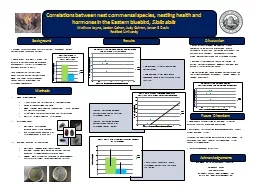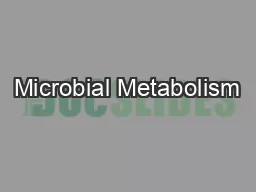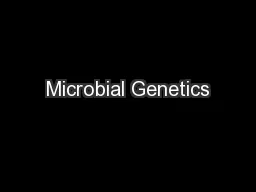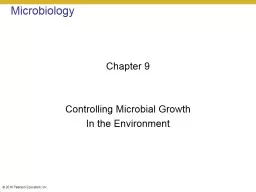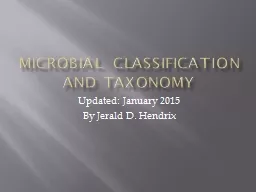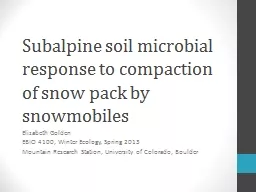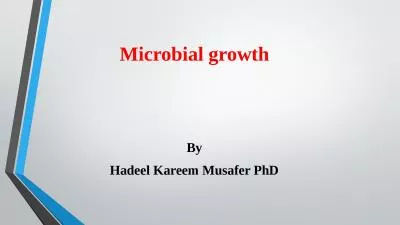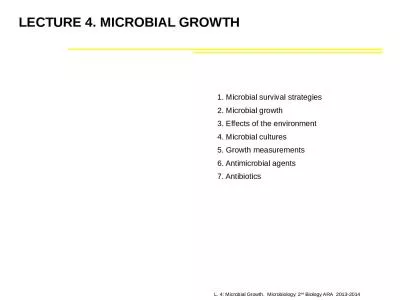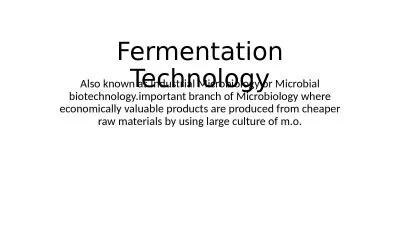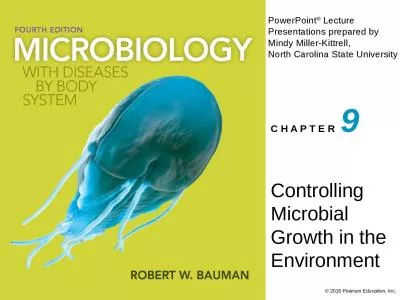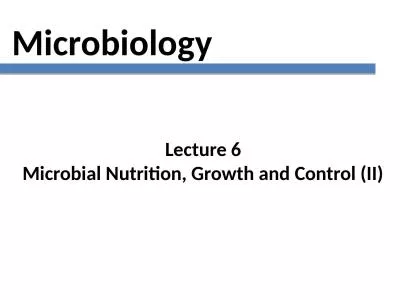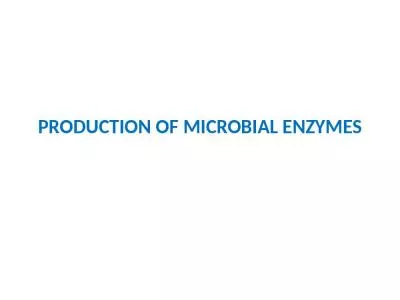PPT-Microbial Ecology 138023
Author : deena | Published Date : 2023-10-04
Oded Beja Introduction Syllabus presentation What is microbial diversity A twocredit course with one hour of lecture and one hour of discussion each week The course
Presentation Embed Code
Download Presentation
Download Presentation The PPT/PDF document "Microbial Ecology 138023" is the property of its rightful owner. Permission is granted to download and print the materials on this website for personal, non-commercial use only, and to display it on your personal computer provided you do not modify the materials and that you retain all copyright notices contained in the materials. By downloading content from our website, you accept the terms of this agreement.
Microbial Ecology 138023: Transcript
Download Rules Of Document
"Microbial Ecology 138023"The content belongs to its owner. You may download and print it for personal use, without modification, and keep all copyright notices. By downloading, you agree to these terms.
Related Documents


